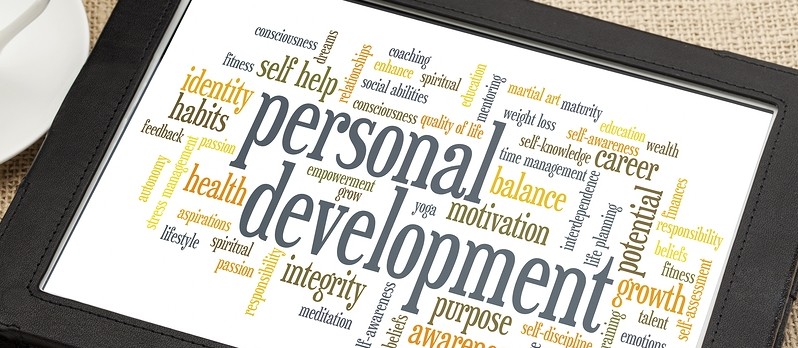There’s no doubt in my mind that self-awareness is key to becoming a leader. You can’t influence other people unless you can demonstrate through your actions and stories that you’re fully aware of your own strengths and weaknesses and have had challenging life experiences.
But few people are aware of the valuable leadership lessons contained in their life stories, especially the ones from childhood. In the work I do as a coach, I’ve seen people gloss over their life stories without recognizing the key leadership lessons they’ve learned. I’m going to suggest a writing exercise to help you become more self-aware as a leader.
In my last post, I told you that self-awareness is improved through looking at your past. You can harvest your life stories for the experiences and lessons that shape you today when you examine your childhood: the formative period, when everything was new and carried a powerful impact.
As children, our brains are only partially developed, but our early interpretations of events and people form beliefs that we carry into adulthood. We start to create a self-identity, but it’s also a time when we heavily rely on authority figures’ interpretations of events.
As an adult, you have an opportunity to explore your childhood by reexamining the lessons you learned and the stories you tell. In the work I do as a coach, I know that even the most sophisticated and educated leaders have experienced the pains of growing up, along with childish pleasures.
These childhood stories contain nuggets of wisdom and reveal a lot about who we are as adults.
Writing Exercise
While reviewing the life stories from childhood may seem like an overwhelming task, it’s easier when you break it down into memories that had the greatest impact. Simply make a short note about an event or person next to each of these areas:
- Home life
- School
- Play (sports and hobbies)
- Events (illnesses, accidents, awards, divorce)
- People (parents, siblings, friends, other family members)
The next step is to break each of the above areas into three sections:
- Facts: Write down simple descriptions of places, events and the significant people in your life. Just the facts.
- Memories: For each fact, write down how you felt and what was important to you. What was the emotion you remember?
- Stories: What story did you construct at the time? What did you tell yourself? Looking back, what lessons did you learn? How did these experiences shape who you are today?
Review your most powerful stories, both positive and negative. How can you retrospectively reframe a story so it becomes useful and character-enhancing?
Share this exercise with a trusted friend, mentor or coach [link}. If you aren’t yet working with a coach, maybe this would be a good time to get started. Give me a call [phone or contact page link].

Did You Enjoy This Article?
Join thousands of other smart business owners like yourself & get our Proffittable Times newsletter.
It's filled with actionable content you can apply immediately.
Sign up now to get started!
– Coach Nancy










